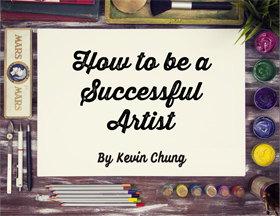“Make each day your masterpiece.” ― John Wooden
Buy this print from Storenvy.
We all have aspirations in life that seem so far out of reach. We keep climbing the mountain towards success, but it feels like the weight of the world is holding us down.
We so badly want to believe we can achieve success, but it feels like the destination is so far away. Then doubt creeps into our minds. “How do other people do it?” we ask ourselves.
While our goals might seem like a pipe dream at the moment, the truth is, they probably aren’t that far off. The problem is, far too often we are so concentrated on achieving our long term goals that we forget to live in the moment. We are so transfixed on the destination that we forget to concentrate on the present.
When we look at how far we have to go, we have trouble seeing everything we’ve already accomplished. We become so worried about the future that we don’t recognize how much progress we’ve made since we started our journeys. We don’t enough time celebrating our victories. That needs to end.
Every day presents a new opportunity to create a masterpiece. John Wooden didn’t win ten NCAA basketball championships by just looking towards the future.
He did it by focusing his efforts on the now. He realized that you can’t live your life worrying about what might happen in the future. He realized it would be much more effective to make the most out of every day by concentrating his efforts on the now.















Follow Me!